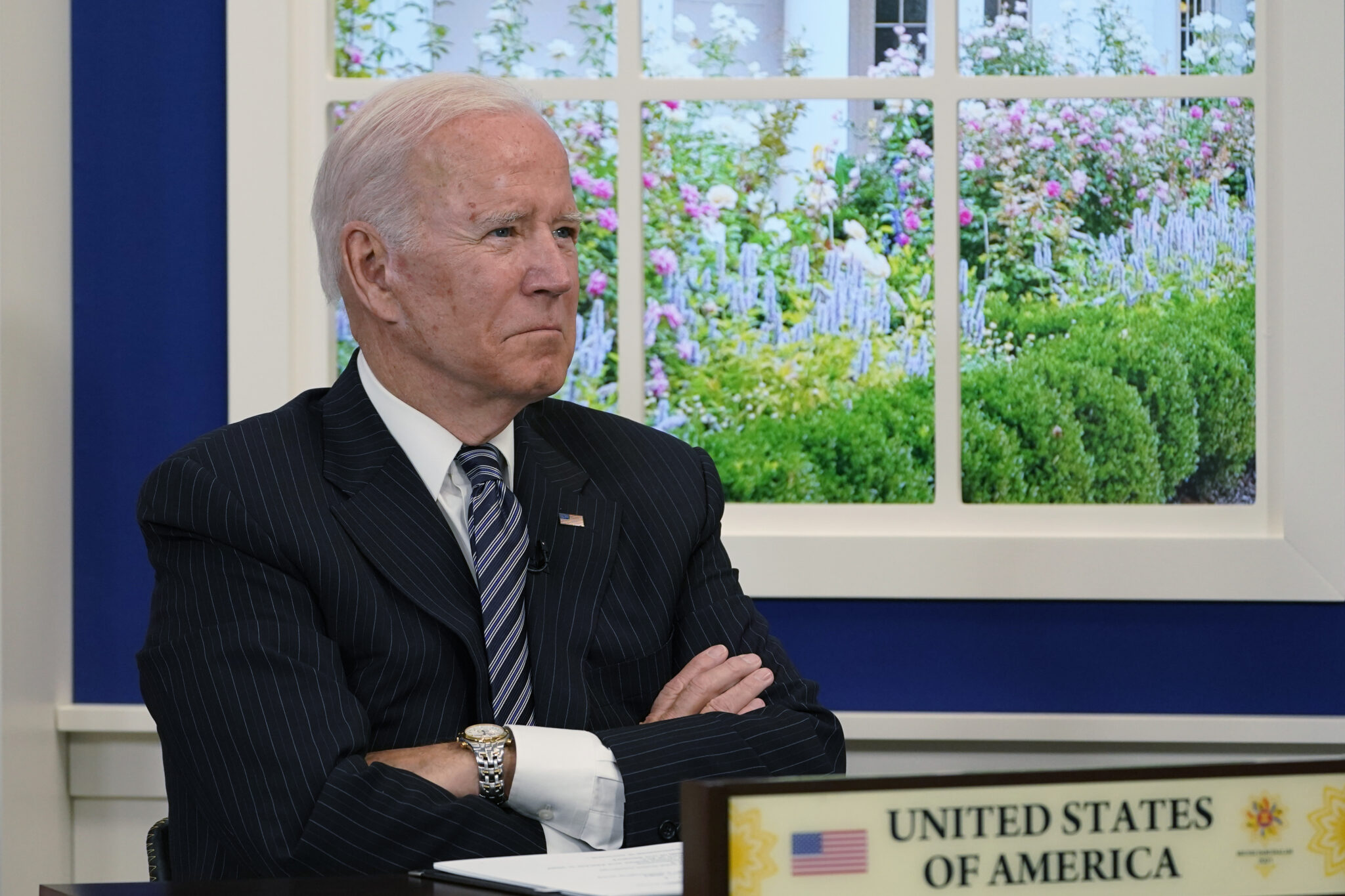
President Biden at the South Court Auditorium on the White House complex (Susan Walsh/AP Images)
Biden budget wants to more than double number of negotiated drugs under Medicare, and eliminate hepatitis C
President Joe Biden on Thursday unveiled his 2024 budget, which is packed with lofty goals that may never see the light …
Sign up to read this article for free.
Get free access to a limited number of articles, plus choose newsletters to get straight to your inbox.